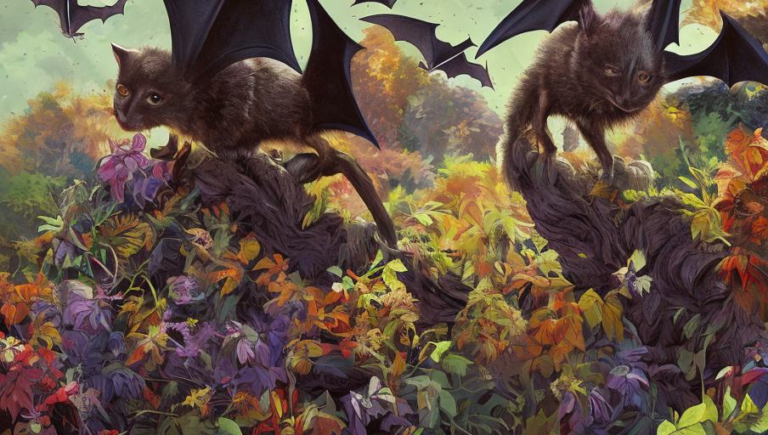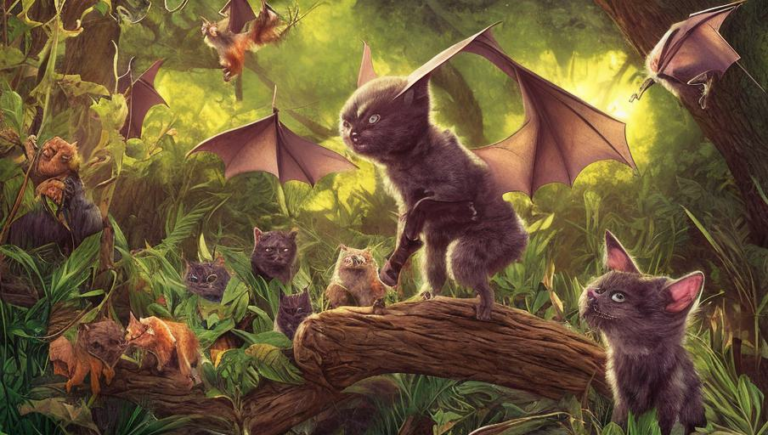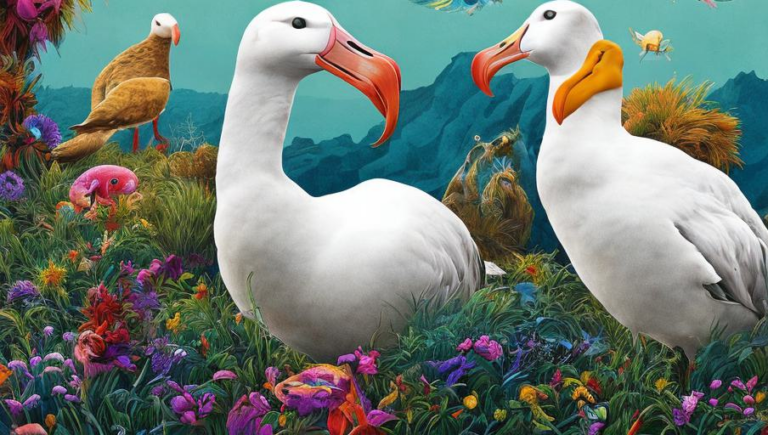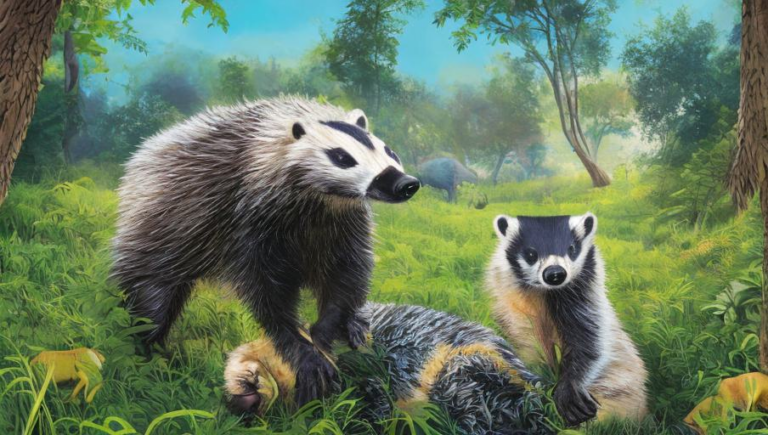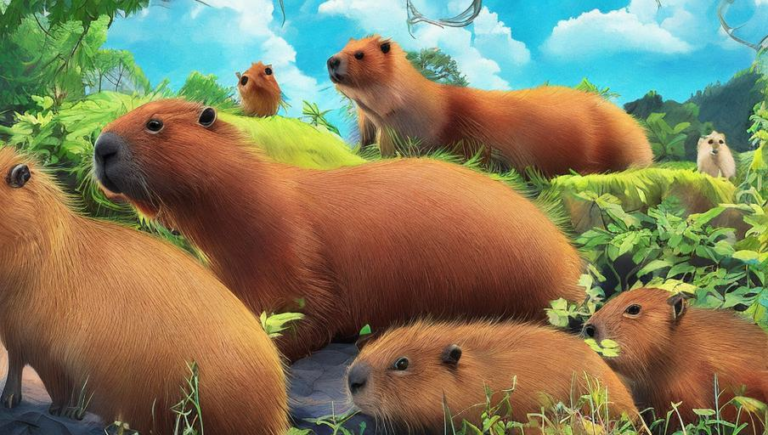Unlocking the Life Cycle of a Bat
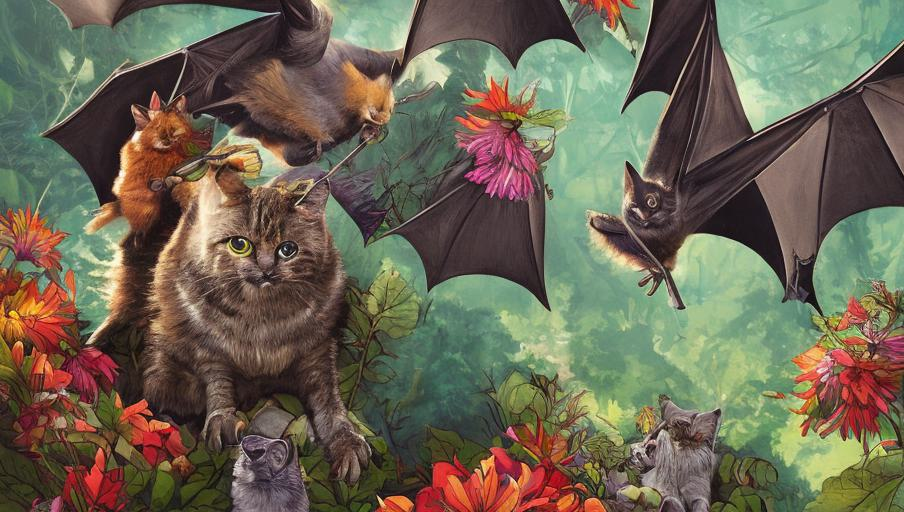
Introduction
Bats are an essential part of the world’s ecosystem. They are one of the most diverse groups of mammals, and there are over 1,200 species of bats in the world. They are important pollinators, seed dispersers, and insect eaters.
Life Cycle
Bats have a life cycle that is very similar to other mammals. They are born as infants and grow to adulthood, where they reproduce and have their own young. Bats can live up to 30 years in the wild, though their average lifespan is closer to 10 years.
Reproduction
Bats reproduce through internal fertilization. Females give birth to a single pup after a gestation period of 40-50 days. The pup is born blind and without fur, but grows quickly and is able to fly in just four to five weeks. Female bats are typically able to have one pup per year, though some species can have up to four pups in a single year.
Migration
Many bats migrate seasonally to find food and more hospitable climates. Some species will migrate up to 1,000 miles. Bats use their acute sense of smell and hearing to navigate during their migrations. They also use the Earth’s magnetic fields to help them navigate.
Hibernation
Many bats hibernate during the winter months in order to conserve energy. During hibernation, bats enter a state called torpor, where their body temperature and heart rate drop significantly. Bats can remain in torpor for up to several months, and use the stored energy to survive until warm weather returns.
Conservation
Bats are facing a number of threats due to human activity, such as habitat destruction, pollution, and the effects of climate change. It is important to take steps to conserve and protect bats, as they are a vital part of the world’s ecosystems. There are many organizations dedicated to bat conservation, such as Bat Conservation International and the Organization for Bat Conservation.
Conclusion
Bats are fascinating creatures with a unique life cycle. They play an essential role in the world’s ecosystems, and we must take steps to protect them. By understanding more about their life cycle and taking steps to conserve them, we can ensure their future in our world.
